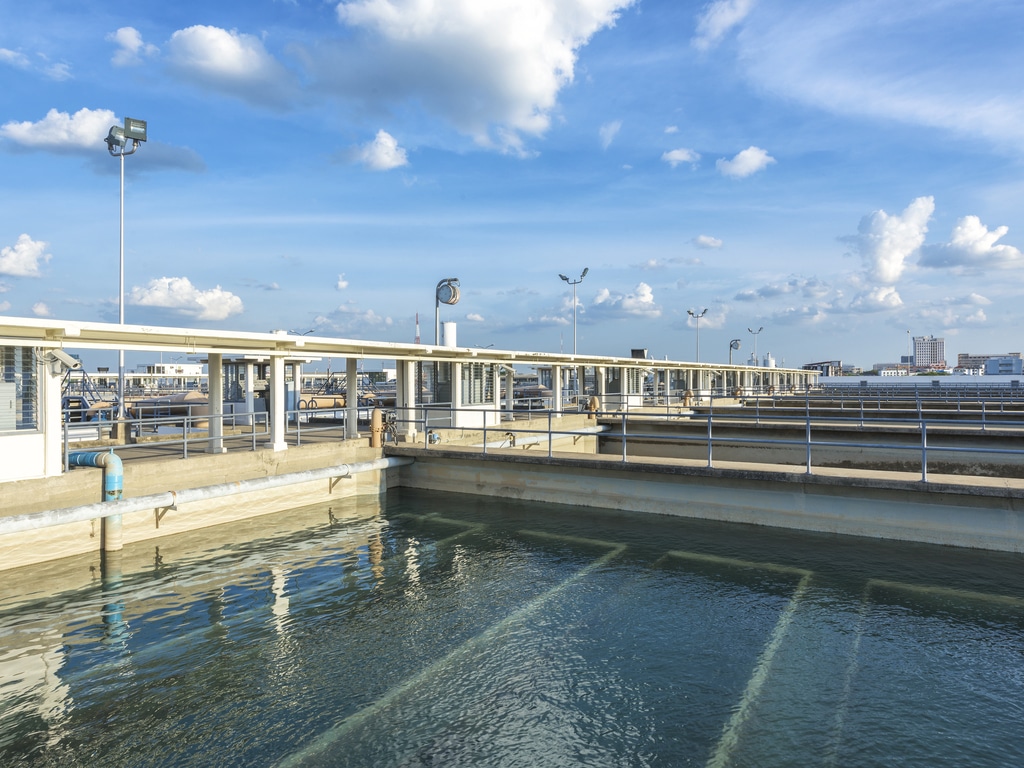Namibia is moving towards its goal of improving the supply of clean water to its people. The Namibian government has announced plans to build a drinking water plant in Oshakati, a town in the Oshana region in the north of the country.
The state-owned Namibia Water Corporation (NamWater) will implement the project, in collaboration with the consulting firms Shah Technical Consultants Private and Water Resources Consultants.
AfDB financing
The future drinking water plant will have a production capacity of 50,000 m3 per day. The drinking water will supply the urban centers and rural areas of Oshana, Ohangwena and Oshikoto regions. Currently, these regions are served by another water treatment plant located in Oshakati, which treats water from the Calueque Dam in southern Angola. This water is transferred from the dam to the plant (40,000 m3) in Namibia via the 150-kilometer Calueque-Oshakati canal. “The recently upgraded plant supplies about 70 percent of the drinking water to these regions, serving more than 40 percent of Namibia’s population,” says Calle Schlettwein, Namibia’s Minister of Agriculture, Water and Land Reform.
Read Also –
With the construction of the future drinking water plant in Oshakati, the production capacity in the regions concerned should be increased to 90,000 m3 per day. The project is part of the Namibian Water Sector Support Program. In March 2020, the African Development Bank (AfDB) allocated more than US$125 million to the Namibian government for the program. The funding comes from the Rural Water Supply and Sanitation Initiative Trust Fund (RWSSI-TF).
The financial institution estimates that all components of the Namibia Water Sector Support Program will be implemented by 2024, providing over one million people with access to safe drinking water and sanitation services.
Inès Magoum
